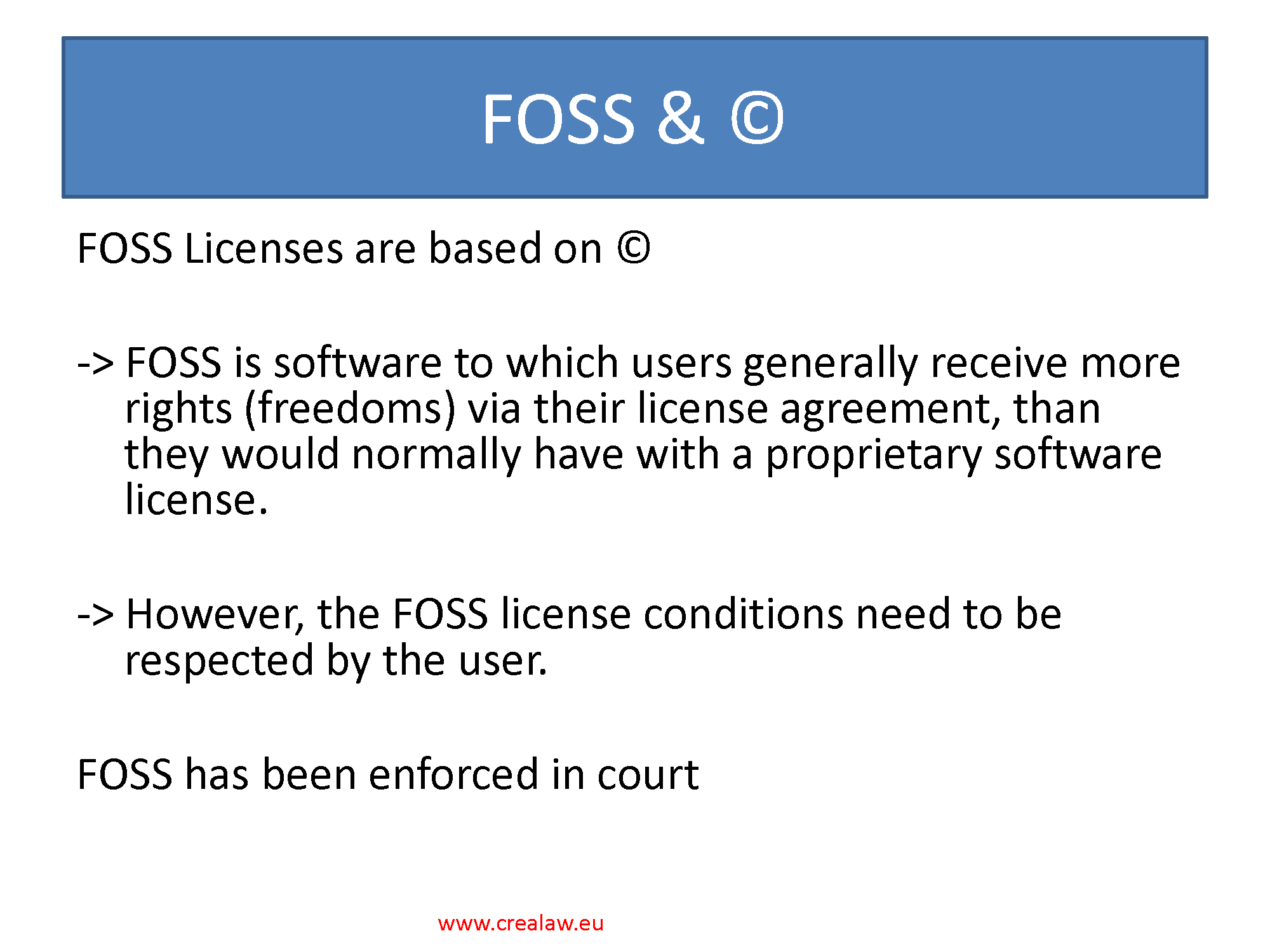According to Philippe Ombredanne, one can use an unmodified AGPL library in a closed source web application. I quote:
I cannot fathom how you could consider that "Software that is based on/is linked with/uses an AGPL library is considered software that modifies the software" is a possible interpretation any way I look at it. If there are no modified bits, then how can you claim that it has been modified? Say I use the verbatim sha1-identical iText Jar you published on Maven Central and I use it as-is in an application (internal or public): How could using be considered a modification? If this assertion is true, then I am modifying every software I use or run which does not make any common sense.
That interpretation goes against common sense because it would cause a middleman loophole that make all AGPL software that is used on a server act as if it were LGPL software.
LGPL only requires changes made to the library and not changes made to the whole work using the library to be made open source. A narrow interpretation of unmodified would have the same effect: a middleman could publish a modified version of the original AGPL software. The middleman could meet all the requirements of the AGPL. If Philippe Ombredanne is right, that "new" AGPL library could then be used in a closed source web application.
That's not correct. It was never the intention when the AGPL was created: the AGPL was created to close a loophole, not to create a new loophole.
What is the point of view of the FSF in all of this? The page explaining why not to us the LGPL explains why a narrow interpretation of modification goes against the spirit of free software:
We free software developers should support one another. By releasing libraries that are limited to free software only, we can help each other's free software packages outdo the proprietary counterparts. The whole free software movement will have more popularity, because free software as a whole will stack up better against the competition.
The middleman loophole can only be used if modification is interpreted in a very narrow way. That's not the way of the free software developer as it would make it possible to use AGPL in non-free software.
Summarized: No, the middleman loophole can't be used to make AGPL behave as LGPL, because the "unmodified" premise you used was wrong.
Update:
In the comments, people are claiming that no attorney is joining this conversation, to which I replied by referring to a video that explains when the copyleft kicks in. I was asked to make the content of this video available to people can't (or do not want to) watch the video. To meet this request, I am copy/pasting some of the slides that are presented in the video:
Software is covered by copyright law. The GPLv3 grants rights to users if they meet specific conditions:

Merely running GPLv3 software doesn't "activate" the conditions:

However: integrating GPLv3 software into an application, distributing,... can only be done if the GPLv3 is accepted.

In other words: the copyleft kicks in, and the AGPL makes the copyleft kick even if the application runs on a network:

In this case, you must distribute your application under the (A)GPLv3:

This is inherent to the concept of copyleft.
Update 2
The accepted answer quotes the AGPL:
To "modify" a work means to copy from or adapt all or part of the work
in a fashion requiring copyright permission, other than the making of
an exact copy. The resulting work is called a "modified version" of
the earlier work or a work "based on" the earlier work.
David Schwartz doesn't accept this argument, and in the comments he says:
For example, when you color in a coloring book, you are arguably
creating a derivative work. But it won't be treated as one because it
was a necessary step in using the coloring book in the ordinary,
expected way.
I didn't agree with this argument, so I asked my lawyer if the law would agree. He gave me this example:
Recruiters use tests to assess candidates for a job. An example of such a test is the Foursight Thinking Profile test. This test comes as a series of questions that need to be answered by a candidate. These questions can be asked orally, or they can be distributed on a paper form that needs to be filled in. The candidate answers the questions, and either the candidate or the recruiter calculates a score that corresponds with a "thinking profile."
This test is copyrighted. The recruiter can fill it out himself or herself as many times he wants without violating the copyright, but every time the recruiter presents the test to a candidate, he or she has to pay a small copyright fee. Note that the recruiter doesn't change the form. If he changed a question, he would make the test useless because not the test as such is important, it's the resulting thinking profile based on the data filled out by the candidate that matters.
Now back to software: a software library is like that test. If you use a library for your own purposes, you are making normal use of the copyright. However, if you use a library to get a result based on an action of another user, you need permission to use the copyright.
This confirms what I said earlier: if you'd use an unmodified AGPL PDF library to create PDFs without any interaction of another user, you don't have to accept the AGPL. However, if you use an unmodified AGPL PDF library in an application that creates invoices based on a user request, the AGPL kicks in, and you have to disclose your own source code.




